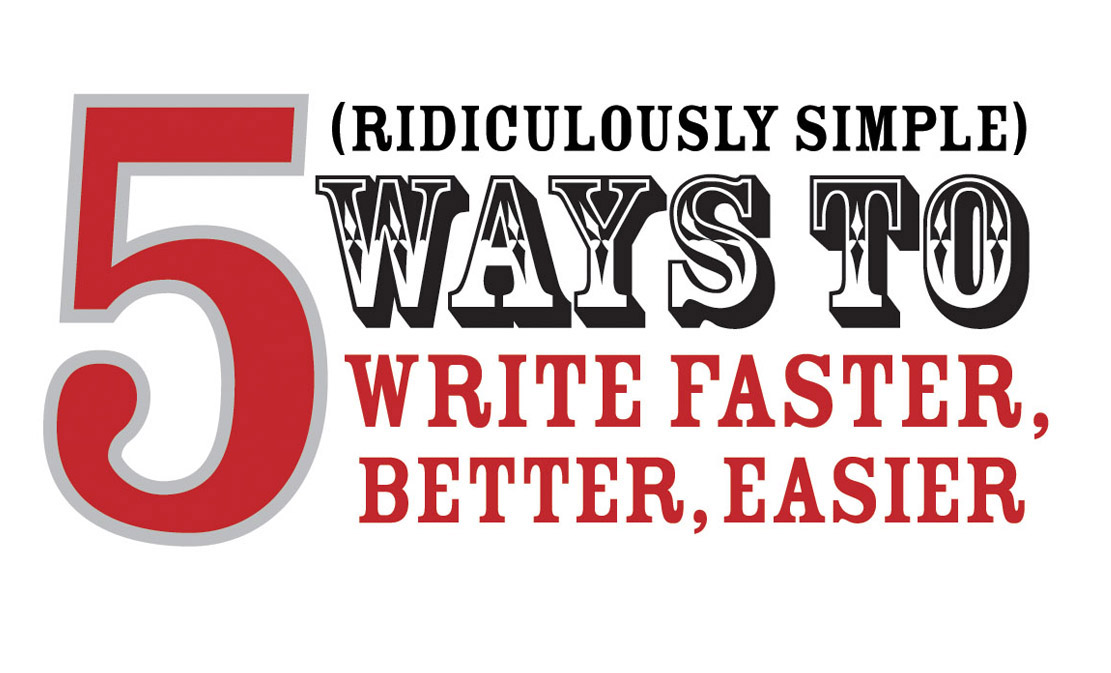Employee Engagement Lessons from Fast Company’s “30 Second MBA” Part 2
 Wednesday, November 18, 2009 at 09:07AM
Wednesday, November 18, 2009 at 09:07AM Here’s part two of my conversation with Ellen McGirt, Senior Writer for Fast Company magazine and Dean of Fast Company’s “30 Second MBA” website.

Part one can be found here. Thanks again, Ellen, for participating!
5. Many organizations see and hear the potential benefits of incorporating an internal social media framework into their communication strategies but are hesitant to make the leap. What would you say to these folks?
Grow a spine. You’ve already lost control! You might as well have some fun. And by the way, this is the golden era of the communications professional. In addition to expressing your brand values externally, they should be tapped to be the keepers of the communication flame internally as well. Let them, not your lawyers, lead the way.
I would then ask: What are the pressing needs of your organization? It might make sense to create a targeted social media effort directly toward a current problem.
6. What role do employees have in launching a successful internal social media platform?
They are the secret to your success – just like in other aspects of the business. Your employees are now your best marketers, customer service reps, troubleshooters and sources of innovation. Give them a way to weigh in – blogs, video posts, twitter, flickr, whatever – and acknowledge their efforts.
The third most popular blogger at Cisco (internally) is a guy that’s four levels away from their CEO. He blogs about technical matters specifically related to a single product area. It’s information people need to do their jobs better! The fact that he has a platform that he controls (no one vets the copy) and a way to interact with his colleagues means that he has become an indispensible resource to others. And he got a mention in Fast Company Magazine as a result. Not the goal, but I bet his mom is happy.
7. What goals or strategies do organizations need to think about before diving into the creation of an internal social community platform?
Brand comes first. The least cynical definition of a brand is that of an expression of deeply held values.
Social media turns that brand into a platform for others to express themselves. So, if you’re willing to open up your brand, then everyone needs to know what those values are. Everyone. This should not become a forum for one to develop their own personal brand – it’s about a shared common goal. Initiatives should be developed through the framework of those values – with an eye to maximizing the safety and success of the participants. (Privacy, rules of engagement, equal access etc.)
And the objectives should be clear and measurable. Are you using social media to innovate new ideas? To manage projects? To develop the potential of your staffers? To acknowledge achievement? To play a game or conduct a contest? Build rapport?
Be prepared to get staff input every step of the way (bottom up, not top down), accept that there will be many versions and understand that failure is always an option. It’s baked in to the iteration process.
8. What is the next evolution in the “30 Second MBA” format?
Glad you asked. Future iterations include a thumbs-up button, so viewers can vote up popular videos, and easier ways for people to share the videos with others.
Now that we have a nice library, I’m hoping to cross pollinate them into new and fun lesson plans – “Swimming with Sharks Week” – the best advice on how to deal with difficult people. Etc.
Ultimately, my plan (always subject to the input of others) is to create a credit system – the more people watch, comment or post a video response – or even do things in the world, like mentor others - the more credits they get. You can spend those credits for things that you want, like sponsored gifts, or actual feedback from real faculty members. Wouldn’t it be cool if we could connect you with the hottest CEO in the Valley for a fifteen minute business plan assessment? Would you give 20 hours of mentoring for that? Fun to think about.
This article was originally posted on Fast Company.
Ellen McGirt’s Bio:
When she's not chasing former Vice Presidents or leaping social networks in a single bound, Ellen McGirt occasionally shows up at her job as Senior Writer at Fast Company magazine. She covers a range of business topics, but never stops looking for the writer’s holy grail: The business ideas - and people - who are changing the world.
McGirt joined Fast Company in February 2007 from Fortune, where she was a senior writer. She was also a columnist and editor-at-large for Money, where she covered a wide variety of health care, consumer, personal finance and investing topics. McGirt has served as a guest correspondent for CNN's American Morning, and has appeared frequently on Good Morning America, CBS Early Today, NBC Nightly News, CNBC, CNN, and American Public Media.



Reader Comments